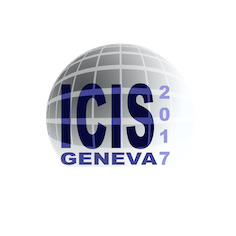Speaker
Description
In its first stage, ISOL@MYRRHA will have access to a 100-MeV CW proton beam up to 4 mA. Even if the license of the ISOL target station will limit the maximal applicable intensity, we are still considering a primary beam that allows for unprecedented-high in-target production rates. In order to fully benefit from these intensities an efficient ion beam production process is required. A key step here is the efficient but selective ionization and extraction of the desired element.
This is especially challenging with high-intensity production as next to the desired isotope a significantly larger amount of other atoms will be released. These will flood the ion source cavity and cause a significant rise in the number of positive ions. In the case of a hot cavity, this increase will disturb the confinement that is typically induced by thermal electron emission, thus causing more recombinations and a decreased extraction efficiency. The consequence is an ionization-efficiency loss for the envisaged element which partially nullifies the higher production yield, both in the case of laser and surface ionized species.
To counter this loss, one must find ways to reduce the number of excess ions or increase the electron density in the cavity. Also adaptions to the cavity that allow for a more efficient/faster extraction of ions out of the cavity might help overcome such saturation effects. In order to overcome this issue in the future operation of ISOL@MYRRHA, SCK•CEN has recently entered the research towards high-intensity ISOL ion sources. Our first aim is to develop a realistic model using a Particle-In-Cell code [1] in order to increase understanding of the mechanisms at work in a hot cavity ion source.
References
1 C. Nieter and J; R. Cary. “VORPAL: A versatile plasma simulation code” Journal of Computational Physics 196 (2004) 448-473.
